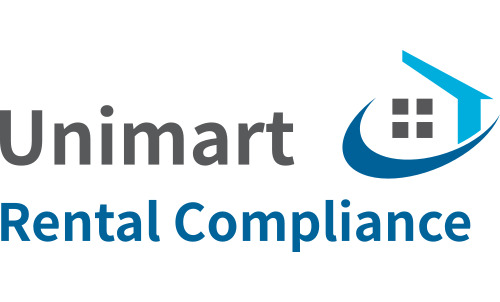Background of Asbestos
Asbestos is the common term used to describe a naturally-occurring fibrous mineral that was used extensively by New Zealand industry because of its durability, fire resistance and excellent thermal insulating properties. Asbestos fibres were used in a wide range of products manufactured between the 1940s and the 1980s. Asbestos fibres were an additive often mixed into another base compound (such as cement) to enhance physical properties of the material. These finished products are termed Asbestos Containing Materials (ACM). In the vast majority of cases, ACM is safe. If ACM is left undisturbed and is in a sound condition, studies show that it does not pose a health risk.
Once the health risks of asbestos were known, its use was gradually stopped, and alternate materials used instead. However, products and appliances with asbestos are still encountered, particularly in structures built from 1940 until 1984. It is also accepted structures built immediately post 1984 may still contain some form of ACM. The importation of blue and brown asbestos in its raw friable state has been banned since 1984 and of white asbestos since 1999.
In the past, the special properties of asbestos made it popular for:
asbestos-cement cladding and roofing
backing material for floor tiles and vinyl sheets
insulation board for thermal protection (e.g., around fireplaces)
textured ceilings and sprayed-on wall surfaces
lagging for insulation around pipes, heaters and hot water cylinders
gib stopping and fibrous plaster
electrical fuse boards
fence panels
soffits
compressed sheeting used in walls and ceilings
water tanks
loose fill insulation
textiles
spouting for drainage and water supplies
The most common types of asbestos fibre most likely to be encountered in ACM are:
Chrysotile (white) has long, curly fibres, which are flexible enough to spin and weave into fabric. Its versatility made it the most common type of asbestos in building and household products
Amosite (brown) has harsh, spiky fibres. It was mostly mined in Africa, and was often used in asbestos cement sheet and pipe insulation. It was also used in insulating board, ceiling tiles and thermal insulation and
Crocidolite (blue) is known for its excellent heat resistance and ability to repel water. It has straight, thin, blue fibres.
Importation of these three types of asbestos in their raw fibrous states is prohibited. The colour differences are very slight and laboratory analysis is needed to identify different types of asbestos fibre.
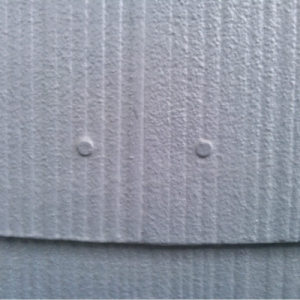 |
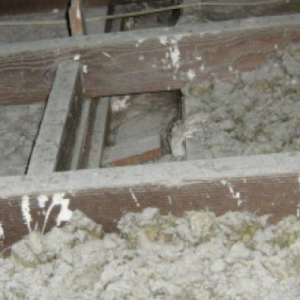 |
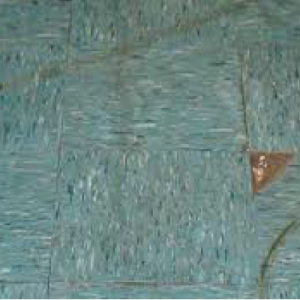 |
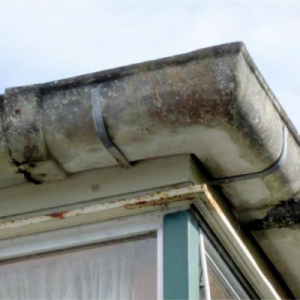 |
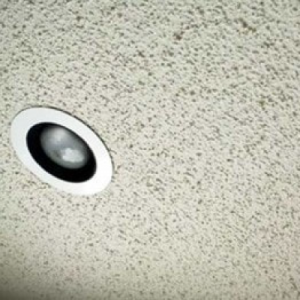 |
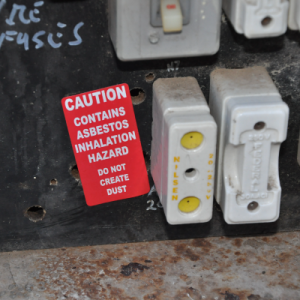 |
What the law says
Tenancy Services have been very clear that a rental property in New Zealand is a workplace. The Health & Safety at Work (Asbestos) Regulations 2016 bring a duty for people in control of a place of work to; identify asbestos in the workplace, and prepare an asbestos management plan that manages the risks from asbestos with an adequate documented management plan, and to regularly review the management plan. The person with management or control of a workplace will need to provide this information to those who occupy the premises or those who may carry out work that may disturb the asbestos.
WorkSafe New Zealand recommends that people in control of a place of work prepare an asbestos register by arranging for an asbestos survey of their workplace by a competent person. The asbestos register will assist those in control of a place of work and provide information for contractors undertaking minor maintenance of locations where ACMs (Asbestos Containing Materials) are present.
Management Survey
The purpose of a survey is to locate and record the presence and extent of any suspect asbestos containing materials (ACMs) in the building or onsite that could be damaged or disturbed during normal occupancy, including foreseeable maintenance and installation. A management survey includes an assessment of the condition of the various ACMs and their ability to release fibres into the air if they are disturbed in any way. The survey process will not usually involve sampling and analysis to confirm the presence or absence of ACM’s it is essentially a presumptive survey which is just one reason why it’s imperative that it’s performed by a competent person.
Asbestos Management Plan
After the management survey has been carried out and upon completion of the register, an asbestos management plan may be complied. The purpose of the management plan is to provide a guide so the asbestos can be managed effectively and safely, to protect the occupants, general public and any workers who come into contact with it. Management plans may contain but are not limited to:
• The identification of the asbestos or ACM (e.g. a reference or link to the asbestos register and location of signs and labels)
• Decisions and reasons about management of asbestos such as safe work procedures and control measures.
• Procedures for dealing with incidents or emergencies in relation to asbestos or ACM.
• Workers carrying out work involving asbestos (e.g. consultation, information and training responsibilities)
Unimart Asbestos Survey and Management Plan
Our survey Asbestos Survey is designed specifically for residential rental properties. Unimart inspectors have carried out specialist training and certification to ensure that they are ‘competent persons’ as required by legislation.
We then produce a fully compliant Management Plan that allows you to remain compliant.
How much does inspection cost?
Our standard charge is $300 plus gst plus travel, however significant bulk discounts can apply to professional property managers or when combined with our Rental Compliance Inspection. Re-inspection is on a case by case basis. Prepayment in full is normally required.
Copyright © 2019 Unimart Rental Compliance. All Rights Reserved Terms of Trade
